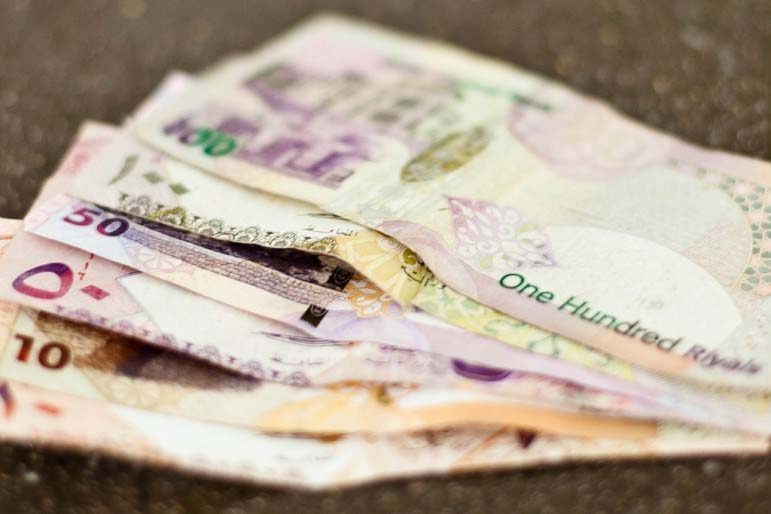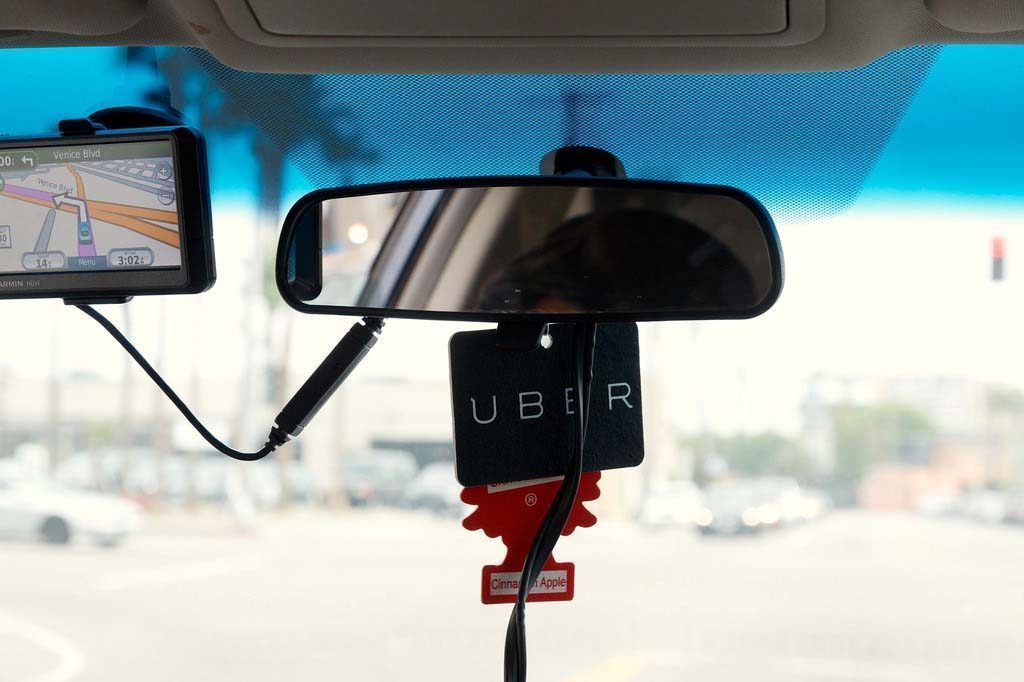
A meeting Wednesday between Uber officials and drivers in Qatar ended in an impasse, according to some drivers, who say they’ll continue refusing to pick up passengers during certain times of the day to protest new, lower fares.
The drop in drivers is difficult to quantify but has led to “surge pricing” at off-peak times in some areas, raising costs for customers.
This is despite the fact that earlier this month, Uber – which allows customers to book a taxi using a smartphone app – announced it was reducing its fares by 15 percent in an effort to attract more passengers.
The technology company takes a 20 percent commission from fares, and the move means drivers take in even less money per trip.
While the company said the lower rates will create more demand for drivers and allow them to make more money in the long run, some remain unconvinced.
“More trips means more work” to earn the same amount of money as before, one driver told Doha News today.
‘Surge’ pricing triggered
Several other drivers have told Doha News this week that they are on “strike” and have refused to open up the mobile application that connects them with Uber customers.
The drivers aren’t directly employed by Uber and actually work for private limousine companies. This means they generally have the option to choose whether they want to work for Uber at any given time.
It’s not known how many drivers are withdrawing their services this week, and Uber does not disclose how many drivers it has under contract. However, some residents have reported longer wait times than usual.
@shabinakhatri For me, surge plus No Cars available 🙂 pic.twitter.com/nCkgX3FA6C
— Syed Faizan Nihal (@faizannihal) April 20, 2016
To put pressure on Uber, drivers have told Doha News that they plan to coordinate and log off from the company’s system in unison at different times of the day.
This means the service will operate normally at some points, but that customers may have trouble ordering a pick-up – and may have to pay a premium – at other times.
If a significant number of drivers stop working at once, it allows those who remain on the road to make more money.
That’s because Uber uses a system called “surge pricing” when customer demand outstrips the supply of available cars.
By raising fares during busy periods, Uber aims to entice more drivers to go online and pick up passengers when their services are needed most.
One resident today said she was charged QR58 for a trip that typically costs QR25 under the newly introduced fare system.
Lower fares attracting more customers
A Dubai-based Uber spokesperson told Doha News that company representatives were meeting with drivers over lunch today to discuss their concerns.
“We’re seeing what they are and aren’t happy with, and showing them how other markets would work,” she said. “When some of the price cuts happen, drivers start making less per trip. But drivers end up doing more trips and making more money.”

Earlier this month, Uber general manager Chris Free said the company would be guaranteeing its drivers a certain level of earnings, or Uber would make up the difference.
The spokesperson said that it’s the prerogative of Uber drivers to go offline and not accept fares, since they are not actually employees of the tech company. However, she added that it’s important the drivers are happy with their work.
The spokesperson said the company has seen an uptick in bookings since Uber lowered its rates, but was unable to immediately quantify the increase in business.
She said it was too early to say if this month’s price cuts could be rolled back as a way of appeasing drivers.
Thoughts?







